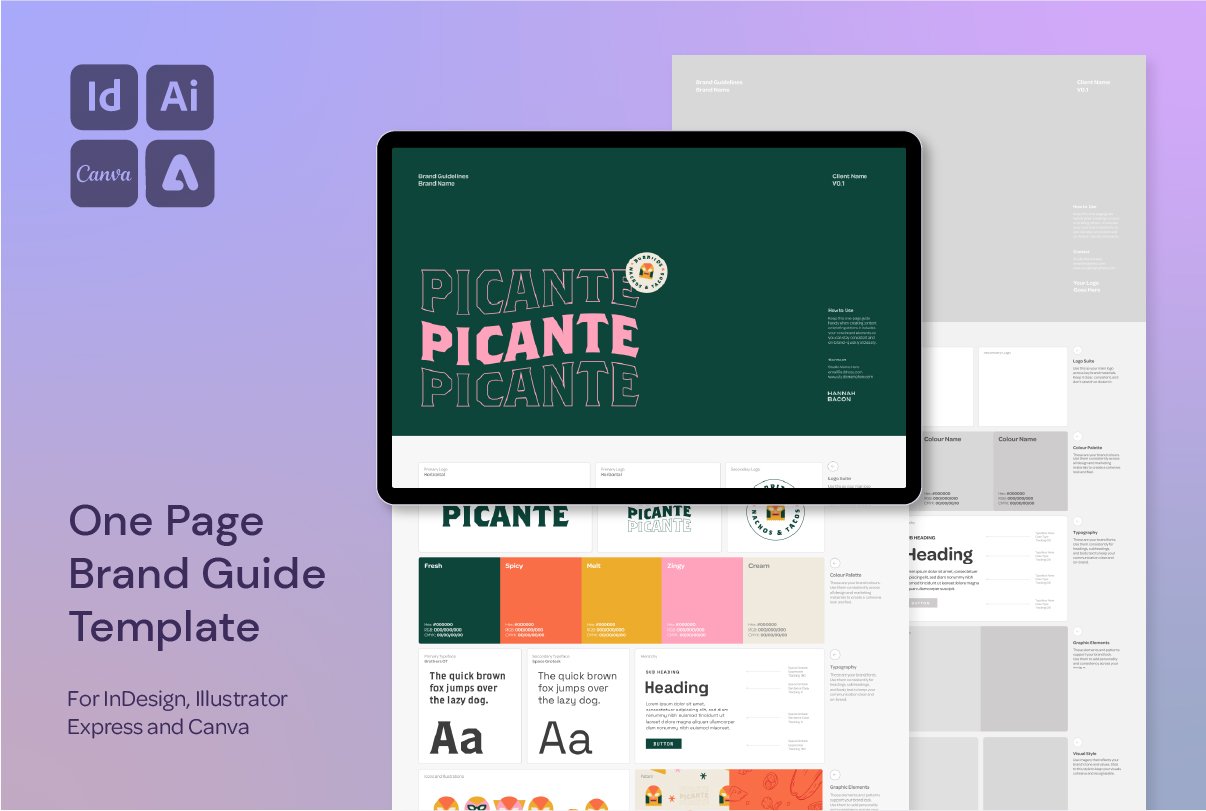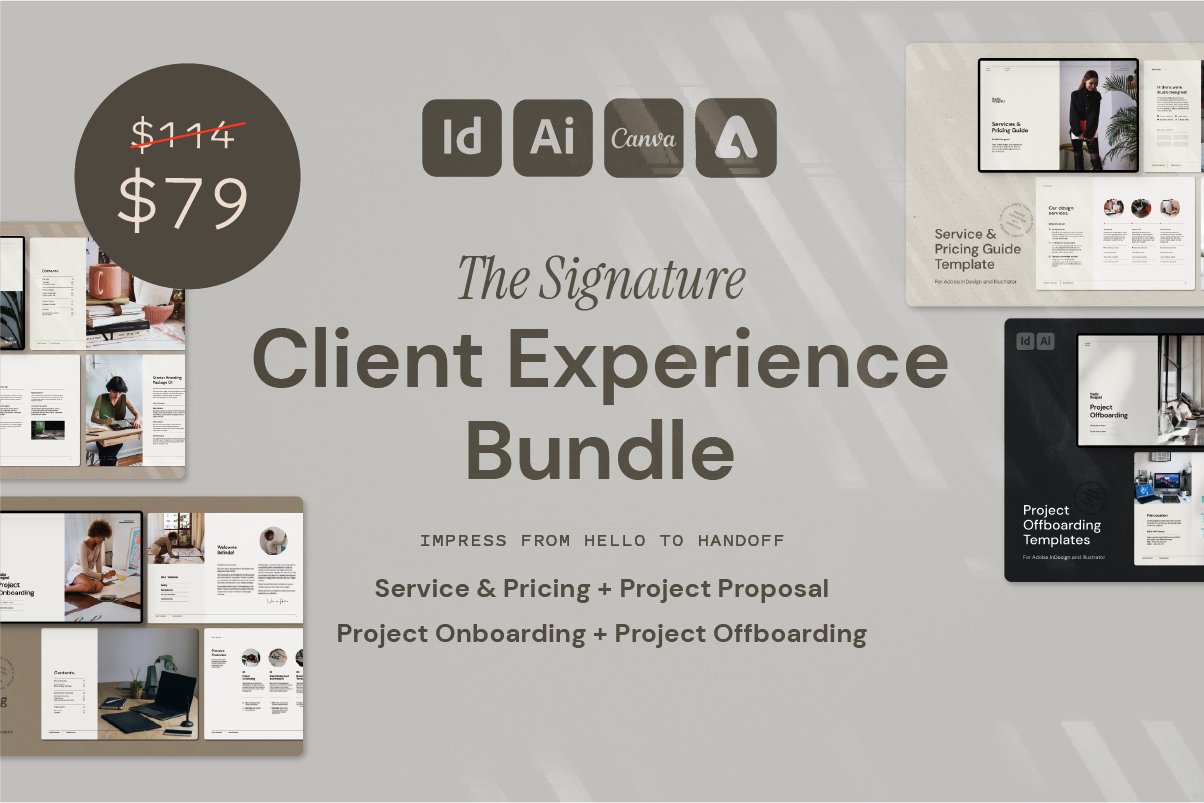How to Create a Bevelled Inline Text Effect in Adobe Illustrator
Create a Stylised Inline Text Effect with Bevel & Colour in Illustrator
This two-part Illustrator tutorial shows you how to create a bevelled inline text effect, starting with your type, building out the bevels, and finishing it off with colour and texture. It’s one of those techniques that looks super polished but is easy to break down once you know the steps.
Whether you’re designing a logo, headline, poster, or merch—this effect adds depth, style and a touch of retro-cool dimensionality to your typography.
You can check out this video (and lots more!) over on my Instagram Page @hannah.bacon.design
Part 1: Building the Inline and Bevel Structure
Start by choosing a word with straight lines or simple curves—something geometric works best for control.
💡 Tip: Words with even strokes and fewer flourishes are easier to bevel smoothly.
Let’s get started:
Expand and outline your text
Offset the path inward to create the inline
Use the Appearance panel and Offset Path to tweak it until it forms a clean, narrow inner line
Expand the path, give it a lighter colour, and lock it in place as a guide
Use geometric shapes and the Pathfinder Tool to build bevelled edges manually—this part takes some finesse but gives you full creative control
Part 2: Adding Colour, Shading, and Detail
Now that the bevel shapes are in place, it’s time to colour them—and this part can feel a little tricky if you're not sure where your shadows and highlights go.
Here’s what works for me:
Use 45° lines to divide up each bevel section and indicate where light would fall
Jump into the Shape Builder Tool and click on each separate shape so you can recolour segments individually
Keep your linework saved just in case you need to go back
When colouring:
Keep one side light, and the bottom or shadowed side dark—this creates the illusion of depth
To push it even further, I like to add a dot pattern just to the bottom edge for texture and extra contrast
Why I Love This Technique
It gives you full control over the look—no filters or shortcuts
It’s totally vector-based and scalable
It’s easy to customise for any typeface, brand, or tone
You can add grit, grain, halftones, or gradients to match your style
Want More Time-Saving Tools and Freebies?
This process is just one of the techniques I share across my design templates and digital assets, made especially for designers who want professional results—without starting from scratch every time.




